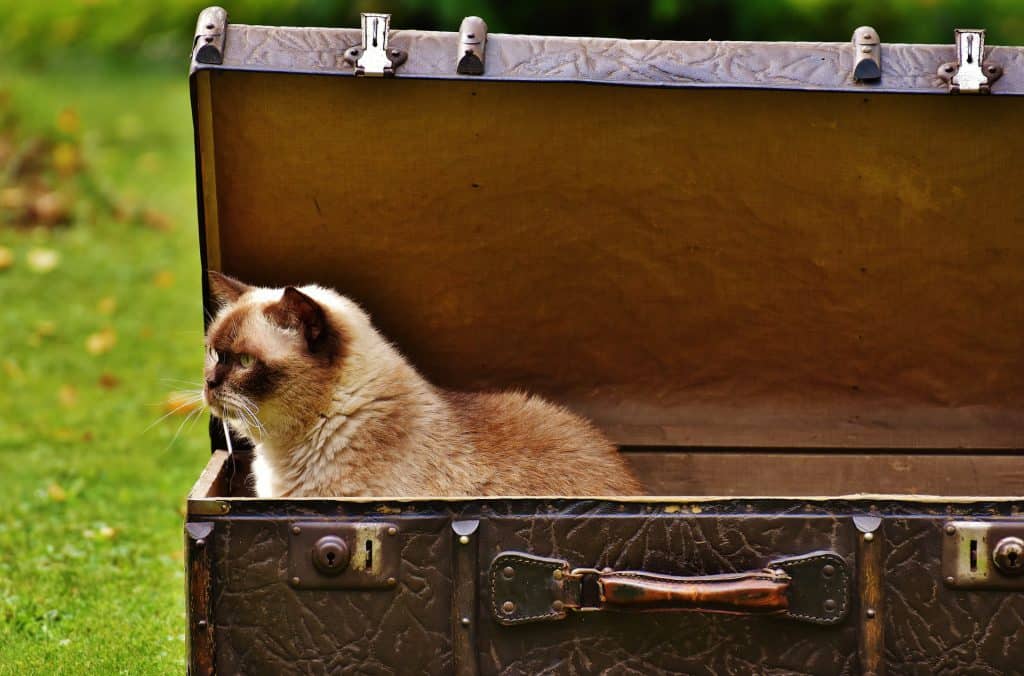Although planning a holiday is an exciting time, plans can be thwarted when it comes to managing the needs of your pets. Planning a vacation with your pet can be tough as you encounter many restrictions seemingly to the simplest of places. When planning to travel along with your canine, feline or even reptile companion, we provide some tips to make the venture easier.
[BUTTONS1]
Your Pet Must Have an ID
We advise on a pet microchip. Should your pet runaway or become lost during your travels, the microchip offers the best chance of reuniting them. Collars can come off or snag and should not be relied upon as the sole source for identifying four legged companions.
[BUTTONS2]Homework
To make the most of your holiday, do some homework into which facilities allow pets including the specific breeds. While many holiday listings may permit pets, some of these establishments will limit Pitbulls, Rottweillers and German Shepherds from staying on the premises. You ant peace of mind your pet will be welcome and safe especially when covering vast distances to get to your travel destinations.
Make Your Bookings Well in Advance
Contact the hotel, determine whether pets are still allowed and learn of the facilities available to keep them comfortable. Many websites do not update its policies so always phone or mail the establishment before making your appointment. Ensure the area is fully fenced for the safety of pets.
Bring the Appropriate Pet Supporting Products Along
Leashes, secure collars, towels food and water bowels and pet food are all essentials your cat or dog will need during a vacation stay. Pack in a medical kit and always learn of the closest vets in the area to get to a practice on time should your pet fall ill.
International Travel
If you are planning to travel abroad, know that many countries take many months to prepare and testing must be done beforehand. Examples of these countries are Australia, New Zealand, Japan, Hawaii and many islands in the Caribbean and South Pacific.
If you are planning to travel to any of the European Union countries from a rabies-free country or any of the other rabies-controlled countries, be aware that, requirements for pets entering the UK have eased a bit. Your pet will need to be microchipped and vaccinated at least 21 days prior to travel. If you are traveling from a high-rabies country, you will need to do a rabies titer test one month after vaccination and three months prior to entering the UK. Find more information on traveling to the European Union with a pet.
Get Quality Equipment Early
Purchase an appropriate pet carrier or pet crate for your pet, depending on its size and how you will travel. The carrier you choose should allow the pet to stand up, turn around and lay down comfortably, and should be free of any interior protrusions that could injure your pet in travel. There should be adequate ventilation and a waterproof bottom. Your pet should be secure in the pet carrier. Make sure your name, your pet’s name and address and phone are printed on the crate or attached to the carrier in indelible ink.
A word about the pet carrier or pet crate. Don’t spring this mode of transportation on your dog or cat on the day you leave. Spend several weeks or months getting your pet used to the carrier or crate increasing intervals before embarking on your pet vacation.
Check with the airline if your pet will travel in the cargo hold to find out their precautions for this mode of travel. Tape the leash in a zip-lock bag on the outside of the carrier. Your pet can get tangled in it when traveling in the crate.
Find Pet Friendly Hotels
Search for pet friendly hotels, and be sure to double check with them before making reservations (policies do change, sometimes with new ownership or the time of the year). At Pettravel.com, you can search for pet friendly hotels, dog parks, vets and attractions that accept pets in any city worldwide.
Air Travel
If you are planning to travel via air with your pet in the cabin, you will not only need to have an approved carrier, but you will need to let the airlines know that you are traveling with a pet before making your booking. Although some airlines will allow you to make a reservation for your pet over the Internet, we recommend that you speak with them on the telephone as well to avoid any issues on travel day.
When you are flying in the cabin with your pet, it is best to be as unobtrusive as possible. Reserve the window seat to remove your pet from the activity in the aisle. Consider a privacy carrier which has coverings that will cover some of the openings in the carrier and isolate your pet, thus helping to keep it calm. The better behaved your pet is (no running loose, no barking or howling), the more likely it is that the airline will continue its pet friendly policy and will encourage others in the industry to accommodate pet owners as well.
Auto Travel
Many dogs and cats are fearful of traveling in an automobile, so it is crucial to introduce them to this slowly. Take short trips at first, and get them used to their restraint. Always give lots of hugs and treats when you go home. Lengthen the trips over time and soon you will have a great companion when traveling in your car.
Your air conditioning should be working properly and be sure and use it while driving. Don’t roll down the windows and let your dog hang its head out of the window, and never have your pet in the back of a truck. It is a good idea to harness your pet when driving for their safety.